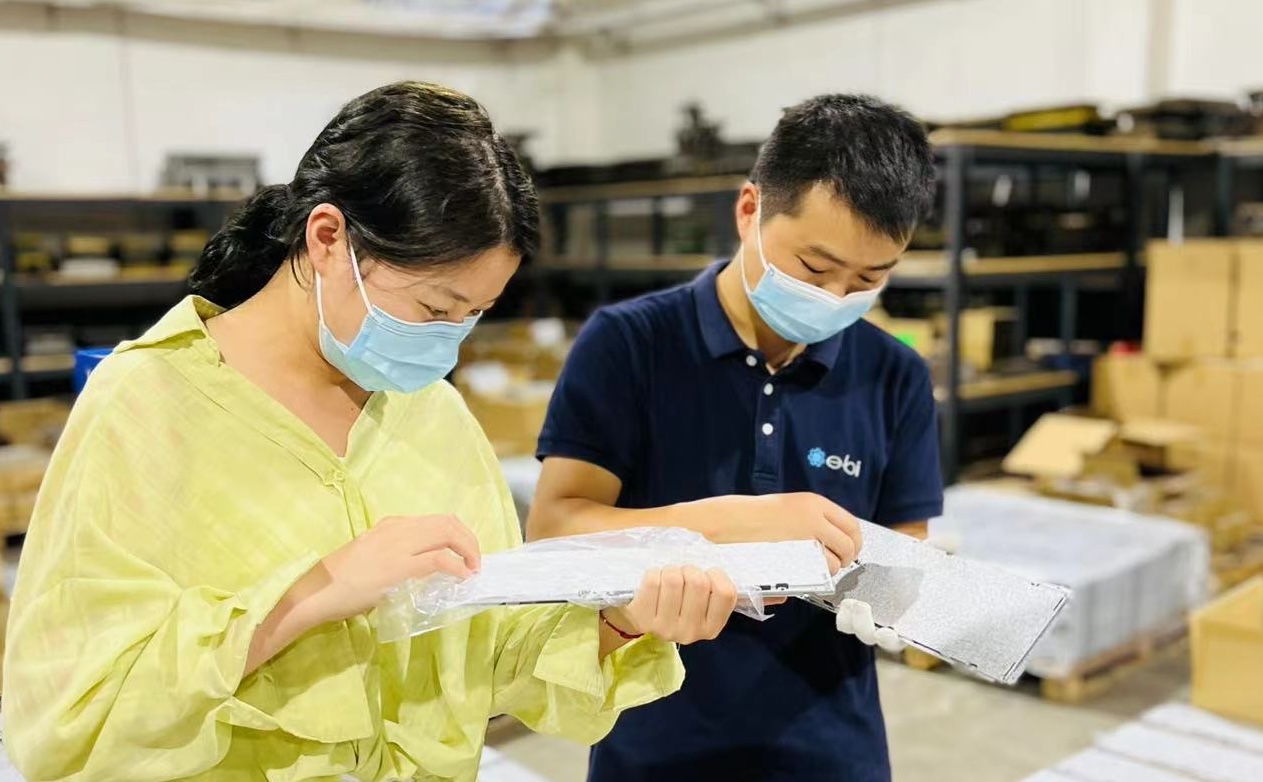Since its inception in the late 1960s, the Just-In-Time (JIT) concept has been widely adopted by businesses due to its significant benefit of minimizing cash flow requirements, despite the associated risks and challenges. However, the JIT model’s success hinges on the seamless operation of every subcontractor (subcon) in the manufacturing network, all functioning at a JIT level. This means each subcon must be prepared and aligned to promptly meet the demands of orders. Any deviation from this can lead to complications and delivery delays.
Defining JIT Level for Subcons
A subcon operating at a JIT level must be capable of immediately initiating operations to meet several critical requirements:
- Required Quality Control
- All Bill of Materials (BOM) Supply
- Fast Engineering Problem-Solving Capability
- Yield Control
- Process Optimization
- No Minimum Order Quantity (MOQ) Impact
- Trained Labor Resources
- Rapid Line Ramp-Up
- Ready Quality Systems
- Logistics Readiness
- Document Control System
- Financial and Cost Control
- Testing Processes
- Operational Equipment
The complexity of these requirements grows with the intricacy of the product BOM and assembly. This complexity can become a compounded issue when multiple tiers of subcon operations are involved, increasing the likelihood of problems as suggested by Murphy’s law. Any unresolved issue can trigger a cascading effect, severely disrupting the JIT model.
Mechanism of JIT and Flexibility
To illustrate the relationship between JIT and flexibility, consider the analogy of a traveler with a nonstop versus a multi-stop flight. A product with a simple BOM is akin to a nonstop flight, while a complex BOM resembles a journey with multiple connecting flights. The probability of timely arrival in a multi-stop journey is low unless each connecting flight adjusts its schedule to accommodate delays from previous flights. This scenario highlights why flexibility within the subcon network is crucial for JIT success. In essence, the JITdelivery is highly dependent on the flexibility of every subcon to meet the overall schedule.
Challenges and Solutions
Even worse, despite the necessity for flexibility, subcons often rigidly adhere to “their own” JIT model for “their own” benefits, which jeopardizes the overall JIT system. How to resolve this intricate ecosystem problem? Well, based on E-BI’s 25 years of experience, the primary solution to this challenge involves:
- Cultivating a Flexible Environment and Culture: This includes encouraging flexible additional work and adjusting schedules to catch up on delays in each value-added process step.
- Establishing Backup Options: Ensuring there are alternative subcons nearby to step in if needed immediately.
The E-BI Star Factory Alliance exemplifies this approach, consisting of over 500 specialty subcons. This network can address issues or activate backups to ensure JIT objectives are met, demonstrating the effectiveness of a flexible subcon manufacturing network in supporting the rigid JIT model.

